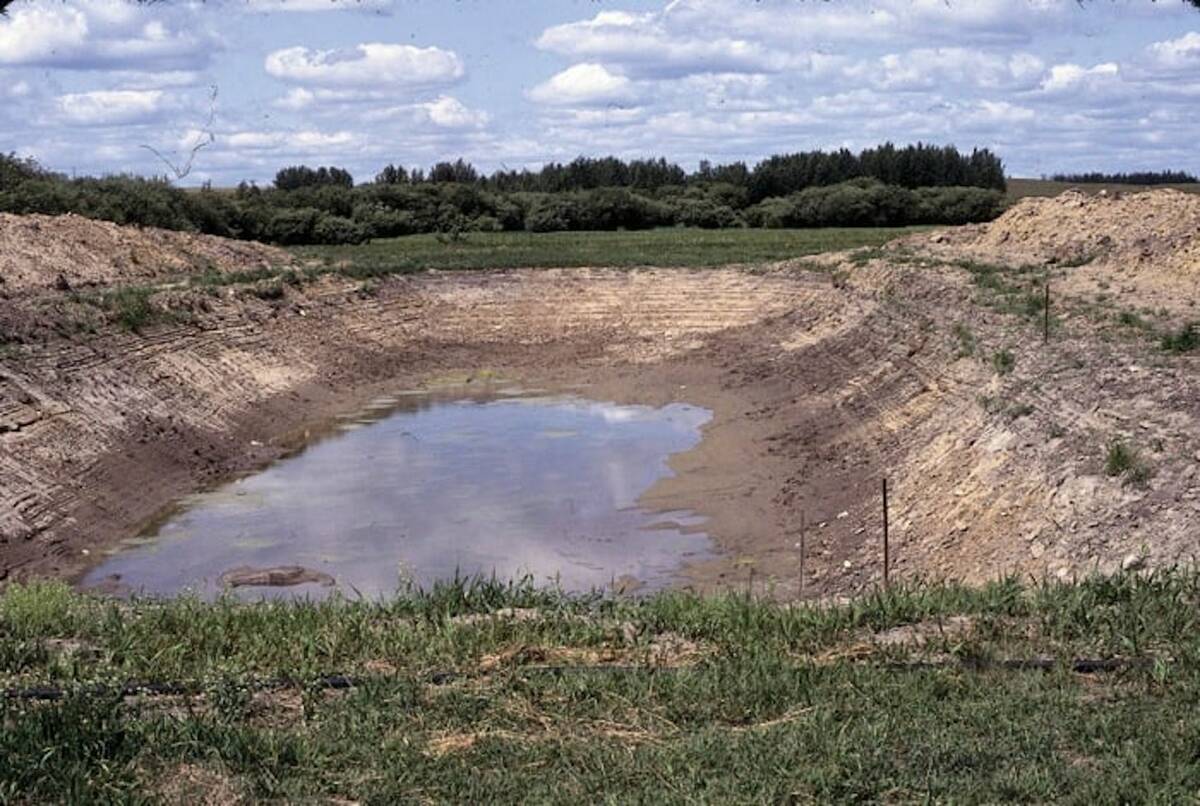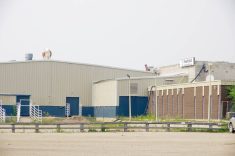As a 4-H leader, Jennifer Woods has seen her share of close calls among youthful members as they handle their livestock at home and at shows.
As an instructor of animal welfare, behaviour and safety, she hopes to send a message of awareness and caution to young people aged nine to 19 who work with livestock in their program projects.
A program about livestock handling for youth was offered on a trial basis last year. This year, a grant through the Alberta Foundation for Animal Care and Alberta 4-H will provide 30 workshops to 4-H members across the province over the next three years. Course time runs five hours and is limited to 35 people per class.
Read Also

Dry summer conditions can lead to poor water quality for livestock
Drought conditions in the Prairies has led to an decrease in water quality, and producers are being advised to closely monitor water quality for their animals.
Children from large ranches to those living on small acreages with one animal are welcome because many of the same problems occur no matter what level of experience they may have working with livestock.
“As adults we just assume the kids know what to do and when they do it wrong, we yell at them because it’s usually in the middle of chaos,” Woods said.
The course covers recognizing stress in animals, humane handling, animal behaviour and reactions, medication safety and using equipment properly. It covers all large livestock from goats and sheep to horses, cattle and bison.
“Up until now there hasn’t been any hands-on training anywhere that really teaches the kids behaviour and how to handle animals,” she said.
A major challenge for many is learning to halter break animals. Woods is also concerned that some children are too small and not strong enough to manage their animals.
She suggests all children in horse programs should wear helmets.
Other common mistakes could be deadly.
“You see a lot of ropes wrapped around hands,” she said.
There have been two Alberta fatalities in five years when children tied ropes around themselves and were dragged to death by runaway animals.
People also get kicked and do not realize it was a reaction to their behaviour. They may have accidentally hit the animal’s dewclaws, which causes the steer or heifer to kick. They may not understand an animal’s range of vision and how it reacts to different stimuli.
People may assume an animal reacts to stress or a frightening situation the same way as humans.
“Humans can be calmed with words. Animals cannot,” she said.
Woods has offered similar courses in Manitoba and was contacted by rural schools for animal safety programs.
In Alberta last year there were 1,376 farm injuries reported to regional health authorities, of which 583, or 42 percent, were livestock related. Incidents with horses and cattle were most common where animals kicked or hit people. Overall, most injuries were among those older than 35, but 17 percent happened to youngsters under 17.
For more information on this program, contact Yvonne Yaremcio at 403-742-8353.

















